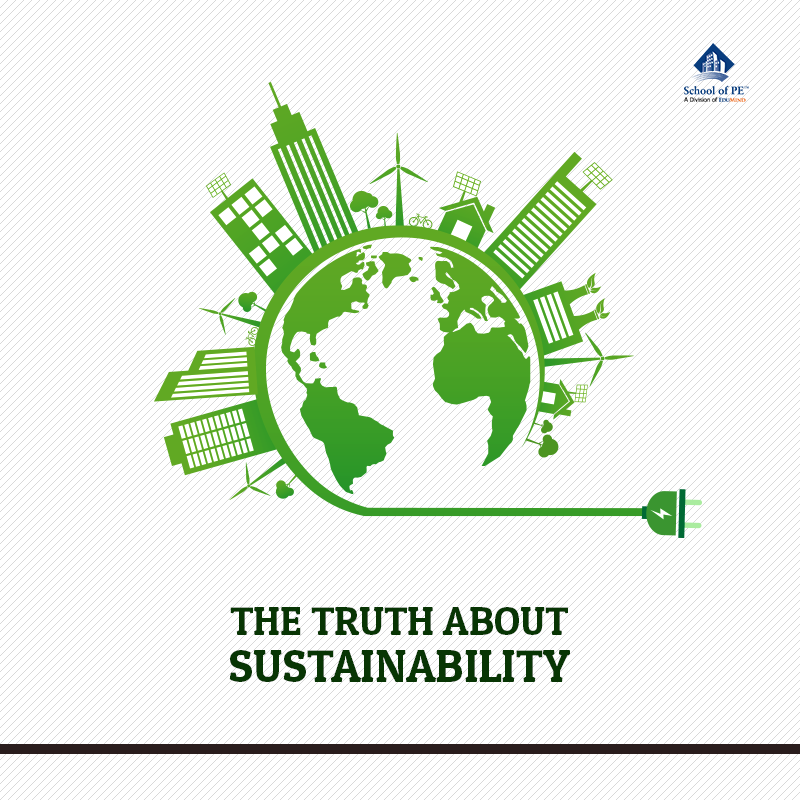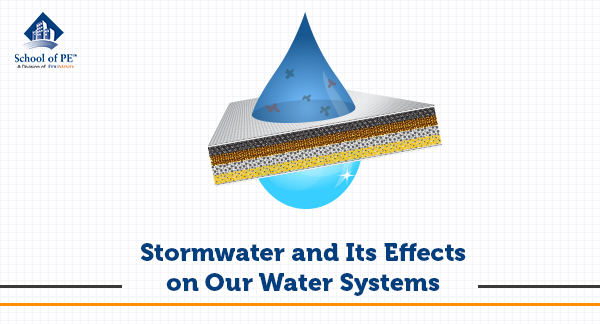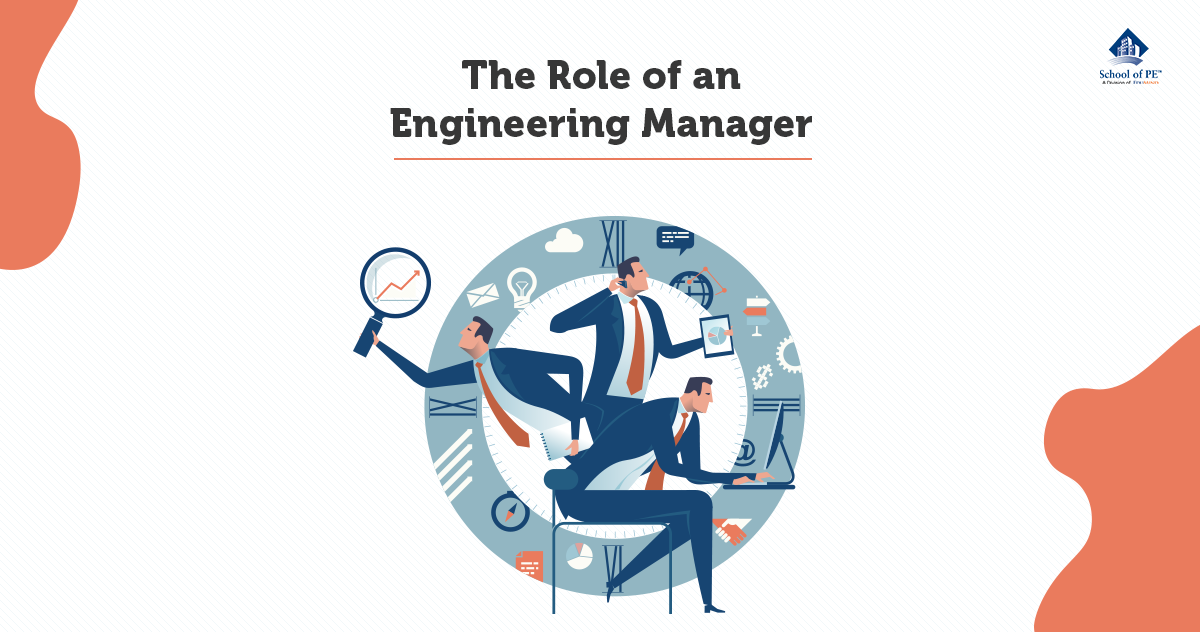Sustainability is a current theme among all engineering projects in today’s world. This poses a challenge to engineers to design projects that encompass varying degrees of sustainability.
According to the Environmental Protection Agency (EPA), sustainability is a simple principal premised on the balance between humans and nature. The overarching goal is for both to thrive harmoniously together in the present and future.
There are many different definitions given to sustainability, and this adjective is dependent on factors including organization goals and stakeholder interest and input.
According to youmatter.world, sustainability can be defined as the processes and actions through which mankind avoids the depletion of natural resources to keep an ecological balance so that our quality of life is not jeopardized. Youmatter goes on to explain that sustainability embodies three core pillars: economy, society, and the environment. These pillars are more informally seen as profit, people, and the planet.
Historically, the National Environmental Policy Act (NEPA) of 1969 committed to sustainability by declaring it a national policy to create and maintain balance and fulfill the social, economic, and other requirements of the present and future, according to the EPA. Currently this topic has broadened, leaving way for varying influences and drivers.
Sustainability encourages businesses to frame long-term decisions based on the three core pillars. This is opposed to the short-term goals of most businesses: profitability. According to Investopedia.com, a company’s sustainability goal can be a commitment to zero-idling in company vehicles to reduce emissions by a certain percentage or ensuring that physical waste is disposed of properly to minimize the carbon footprint. In actuality, sustainability within companies began as an ethical response to public perception over “the long-term damage caused by a focus on short-term profits,” Investopedia explains.
Sustainability is a complex process. It can certainly involve higher upfront cost to implement efficiency and renewable sources, but this is more beneficial in the long run. Sustainability is most evident in energy generation. Electrical companies are moving toward sustainable sources such as wind, hydropower, and solar. Water infrastructure companies are focused improving water quality and exploring techniques for treatment that are environmentally friendly.

Even though the framework of sustainability is positive, some experts argue that it is counterproductive and that there are little to no benefits for the environment. This is due to the green movement which promotes sustainable development. To be sustainable is to preserve and protect; to develop is to build or grow. The two words “sustainable development” together are misleading and represent two opposite ends of the spectrum. How can one grow and sustain?
It is said that sustainable development excuses corporations, governments, and societies at large and it is truly enabling the destruction of the Earth. How can renewables save the Earth from future annihilation anyway? There is still the ever-present concern that habitats, the ecosystem, and the environment are all compromised with land development. So, instead of campaigning for sustainable developments, we should be advocating for sustainable nature that protects wild spaces, the entire ecosystem, and the species within these areas. This is when true sustainability happens.





